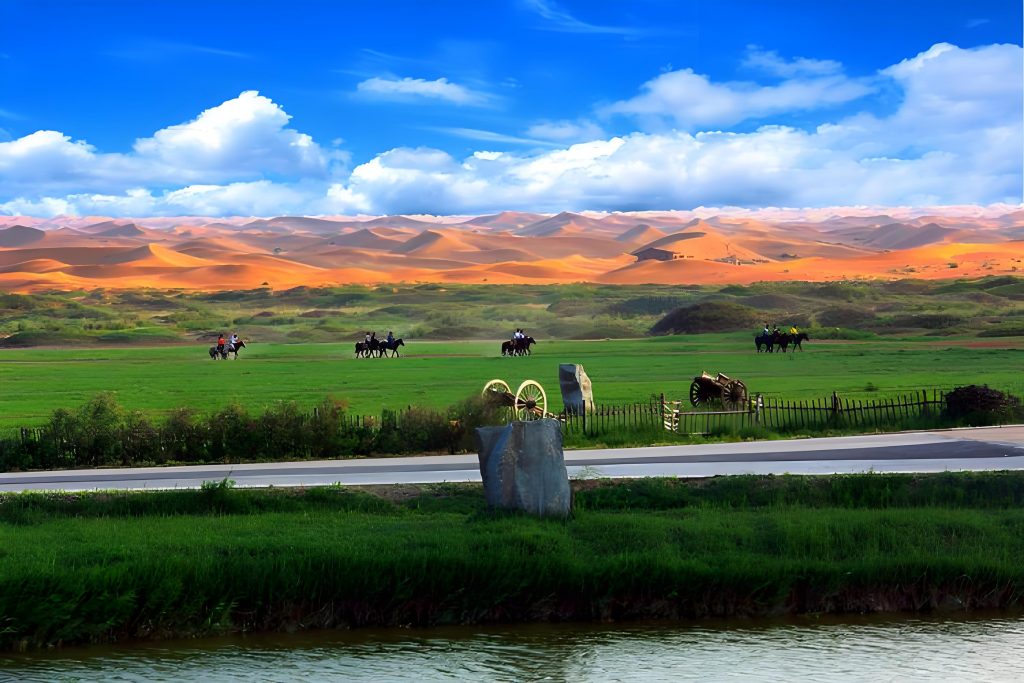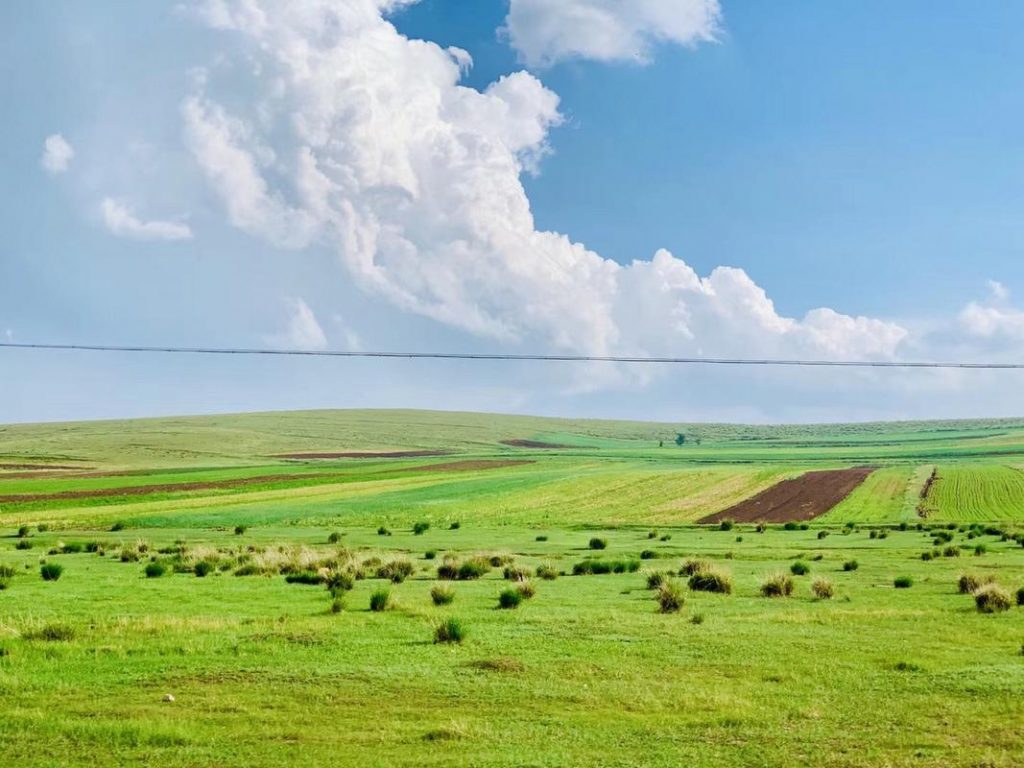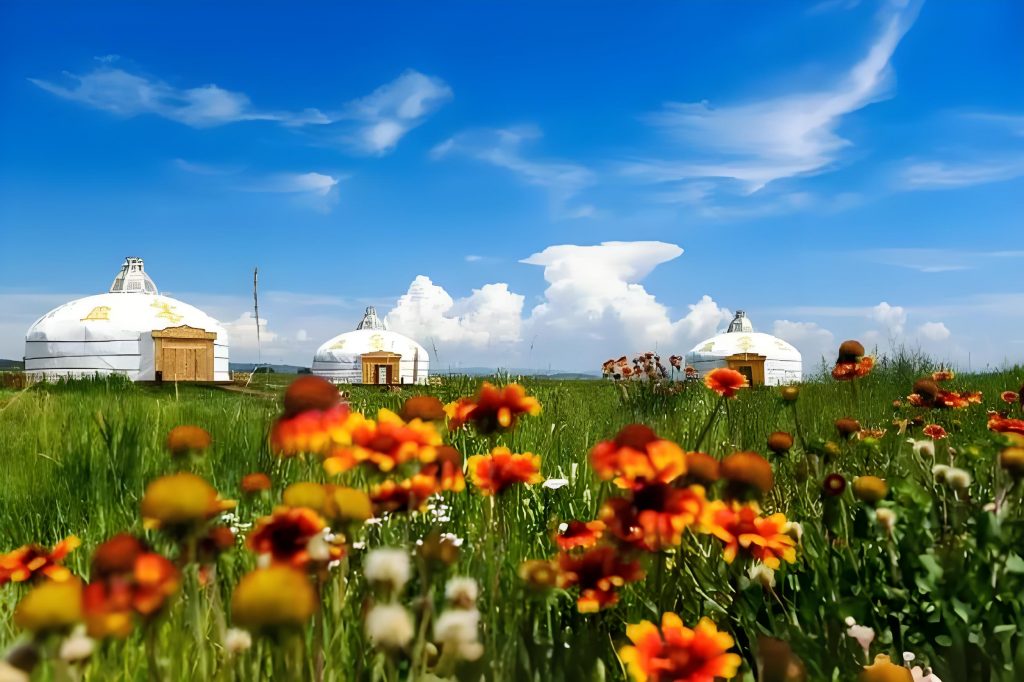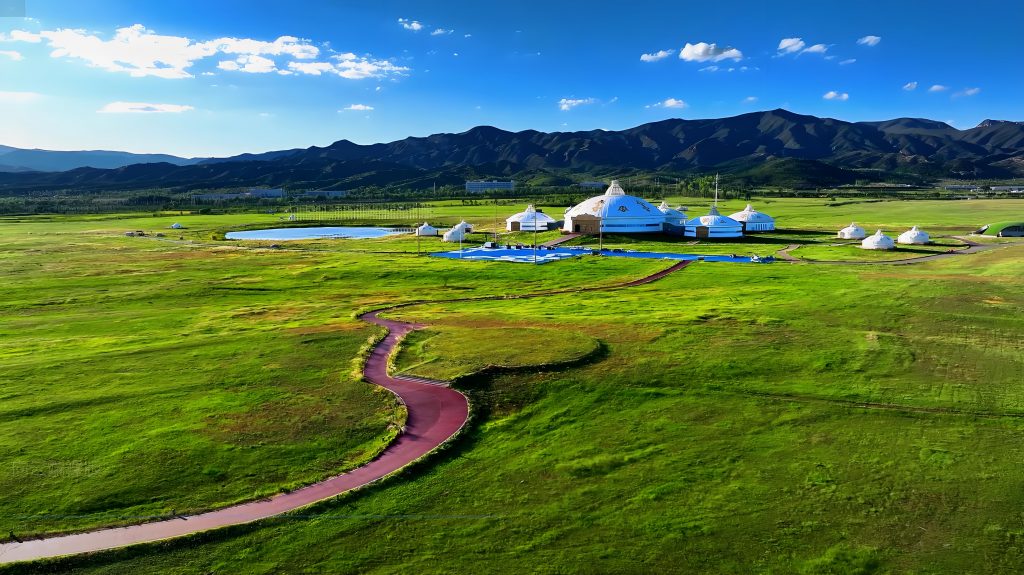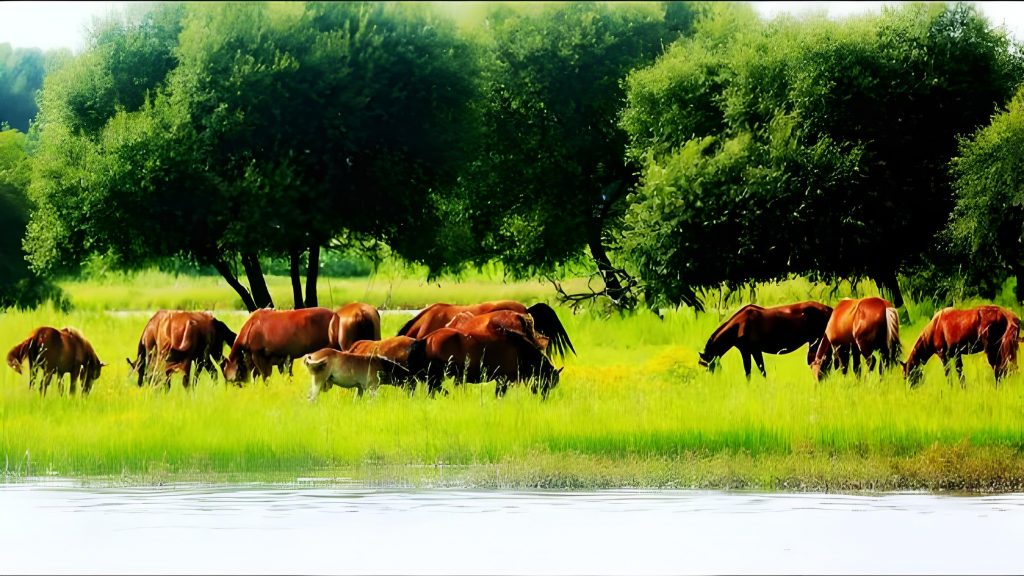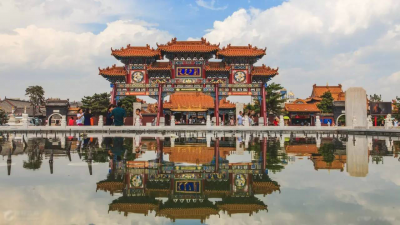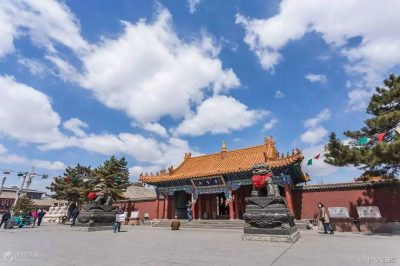■ About Hohhot
Hohhot is the capital of Inner Mongolia Autonomous Region and the political, economic, and cultural center of Inner Mongolia. Hohhot is located in the northern border area of China, within the Eurasian continent. It is the core city of the Hohhot Baotou Yinchuan City Cluster and the central city of the Hohhot Baotou Hubei City Cluster. It is an important bridge connecting the Yellow River Economic Belt, the Eurasian Continental Bridge, and the Bohai Rim Economic Region. It is also an important border opening center city for China’s opening up to Mongolia and Russia.
Hohhot is a national historical and cultural city with a long history and splendid culture, and is one of the birthplaces of Chinese civilization. It has numerous museums and cultural relics, and is one of the important tourist distribution centers for northward grassland, westward desert, southward Yellow River, and eastward Beijing Tianjin. There are ancient Great Walls from the Warring States period, Zhao, Qin, Han, and Ming dynasties; There is the ruins of Shengle Ancient City in Northern Wei Dynasty; The Zhaojun Museum, which bears witness to the harmony between the Hu and Han ethnic groups and is known as a symbol of national unity pyramid; There is a grand call to Huangjiao Temple. There are many famous scenic spots such as the General’s Office under the jurisdiction of the Qing Dynasty in southern and northern desert areas.
■ About Tourism
Daqingshan Wildlife Park
The Daqingshan Wildlife Park is located in the northern suburbs of Hohhot, adjacent to Daqingshan to the north. The reason for choosing this location is because it has convenient transportation, unique terrain, and landforms. The zoo has unique and rich terrain and landforms such as plains, hills, and mountains inside. These diverse and continuous terrains not only provide convenient conditions for semi wild animal husbandry, but also greatly enrich the scenery, observability, and rich and diverse exhibition methods of the park. After the wild journey ends, tourists can immediately relax, interact with and caress animals. This tangible and intangible gap not only meets the inner needs of tourists seeking excitement and happiness, but also satisfies the enjoyment of seeking different senses. Tourists taking the sightseeing bus can see wolf packs grazing along the way, as well as meat eating beasts such as tigers, male lions, and black bears resting or foraging on both sides of the bus, experiencing the wonders of nature up close. It only takes about 10 minutes by car from the conference hotel to the scenic area.
The Dazhao Temple
The existing buildings of the Dazhao Temple include the mountain gate, the passing hall, the scripture hall, the nine story tower, and the Buddhist hall. The scripture hall and the Buddhist hall are closely connected, commonly known as the Great Hall. There are statues and murals inside the Buddhist hall. The silver Buddha statue has undergone four hundred years of changes in the mulberry trees and is still well preserved today.
The collection of Dazhao is extremely rich, with silver Buddha, dragon carvings, and murals becoming the “three wonders” of Dazhao. They are historical relics of the Ming Dynasty and have extremely high craftsmanship and ornamental value. Dazhao has the Ming Xuande Furnace, the Dragon Phoenix Peacock Umbrella used by Emperor Kangxi of the Qing Dynasty, the 8 Pearl Eight Treasures Palace Lanterns of Emperor Kangxi’s reign, Emperor Kangxi’s “Long Live Dragon Plaque”, the gilded God of Wealth bestowed by Emperor Qianlong of the Qing Dynasty, Tang cards from the Ming and Qing Dynasties, as well as various artifacts and masks used in religious activities, all of which are extremely precious historical relics and artistic treasures. It takes about 25 minutes by car from the conference hotel to the scenic area.
